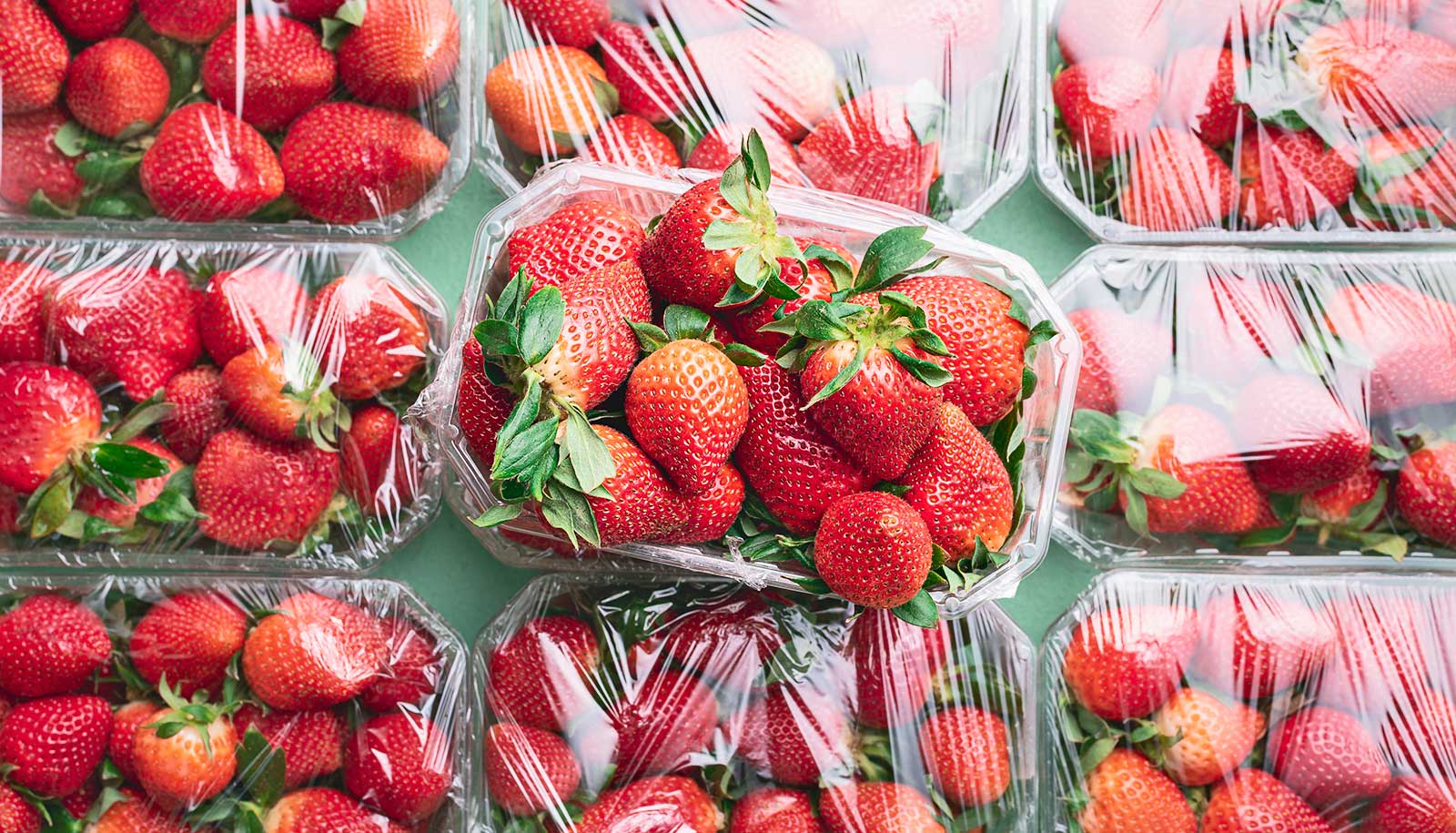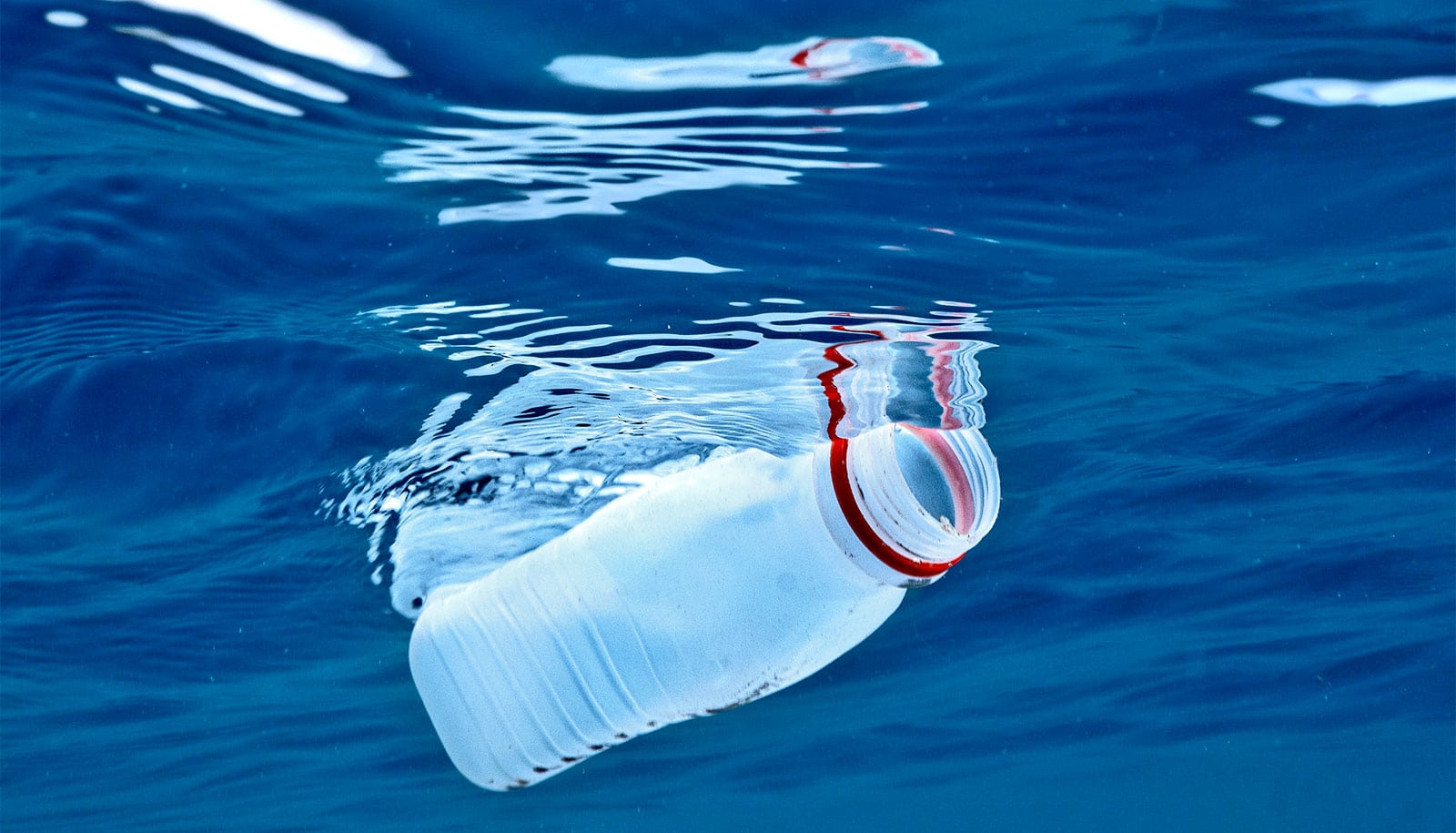New research finds that certain packaging materials can show 70% lower emissions than alternatives.
A comprehensive assessment by researchers, including Rafael Auras from Michigan State University, sought to evaluate the potential environmental impacts of replacing polyethylene, or PE, packaging like bags, films, and containers with alternative materials, including paper, glass, aluminum, and steel.
The findings reveal that PE packaging can have an average life cycle global warming potential, or GWP, savings of approximately 70% compared to a mix of commonly used packaging materials in the US.
When comparing plastic packaging and alternative materials based on mineral resource use, fossil energy consumption, and water scarcity, plastic packaging was generally found to have lower impacts than the alternatives.
The paper appears in the journal Science of the Total Environment.
Authored in collaboration with Trayak, Inc. and ExxonMobil, it provides fresh insights into the potential for product elimination or material switching to yield unintended consequences for the environment. Findings were critically reviewed by a panel of independent experts and determined to be in conformance with standards set by the International Organization for Standardization—ISO 14040 and ISO 14044, the international standards for principles, requirements, and guidelines for life cycle assessments.
“Life cycle assessments are valuable to understanding the environmental trade-offs associated with product elimination or material switching,” says Trayak’s Elizabeth Avery, the lead author of the paper.
Rafael Auras, coauthor and a professor at the Michigan State University School of Packaging, says, “Our results show that in many applications, plastics offer lower assessed potential environmental impacts in terms of global warming potential, mineral resource use, fossil energy consumption, and water scarcity. As new and better data emerge, stakeholders, and policymakers can make decisions that help deliver more sustainable outcomes across different stages of a product’s life cycle, including disposal and recycling.”
The assessment focused on five major packaging applications: collation shrink films, stretch films for pallet wraps, heavy-duty sacks, nonfood bottles, and flexible food pouches. These include examples of packaging used for dog food, shampoo, water bottles, cosmetics, and other everyday products. The results have broad implications, as polyethylene packaging accounts for a larger share of the packaging market than any other material.
Among the report’s key findings, researchers explained that PE-based packaging used less fossil resources than alternatives in 14 of 19 product comparisons. In 16 of the 19 packaged product comparisons, PE yielded a lower GWP, water scarcity, and mineral resource use.
“Notably, those instances where PE did not have the lowest impact were typically found when comparing with lightweight paper alternatives that incorporated additional materials such as a plastic liner,” Auras says.
“These alternatives required the use of multiple materials to meet functional performance requirements, which could involve keeping a product stable or protecting against moisture.”
Life cycle assessment is a powerful tool to compare different materials, especially when considering different packaging applications, Avery says.
“Our study examines a wide range of PE packaging applications and provides insights where there has not been a PE-specific study done before. This is valuable because even within a broad material category, individual materials will have their own implications for material, manufacturing, and end-of-life phases.”
Researchers anticipate that the findings will inform ongoing policy discussions, including United Nations negotiations on a global treaty aimed at addressing challenges associated with managing plastic waste. Solutions under review range from banning single-use plastics to establishing extended producer responsibility, or EPR, programs to enhance collection, sorting, and recycling. Similar EPR schemes, which typically require producers to contribute to collection, sorting, and recycling initiatives based on the life cycle impact of their products, are also being implemented in multiple US states, including California, Colorado, Maine, Minnesota, and Oregon.
Source: Michigan State University



